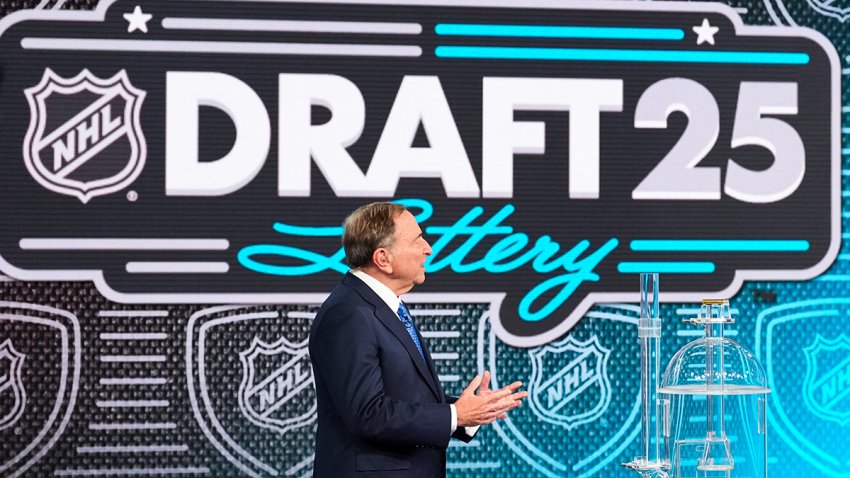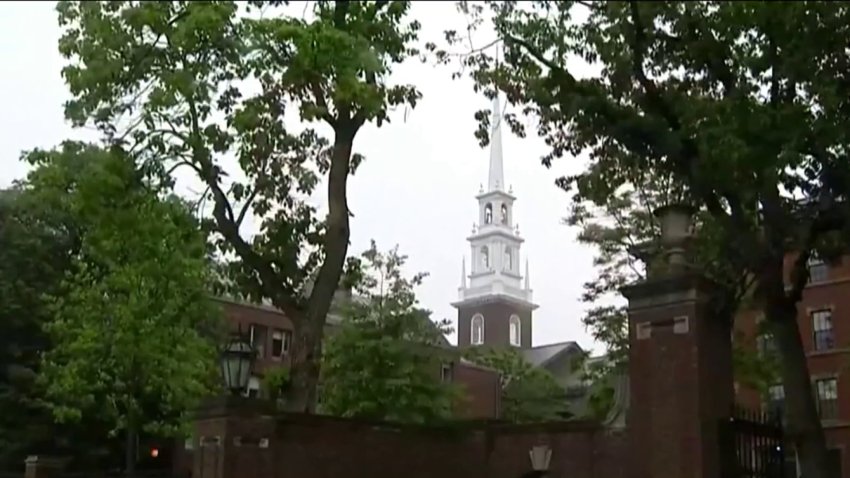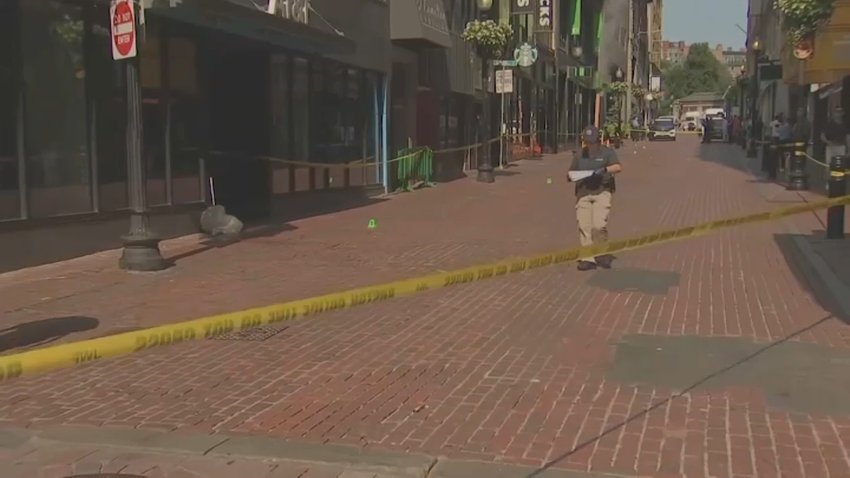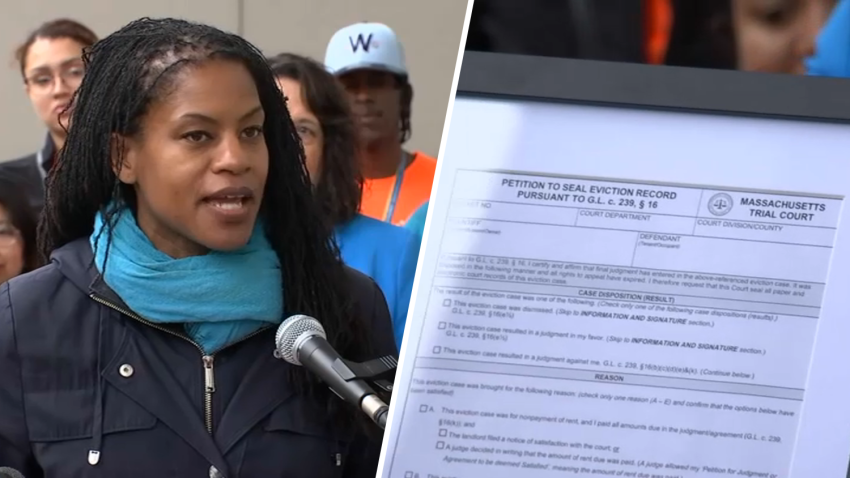
Celtics' 3-point shooting slumps won't fly against Knicks
The Celtics shot just 15-for-60 from 3-point range in their Game 1 loss to the Knicks. That may have worked against the Magic, but it won’t fly in the East semifinals.

The Celtics shot just 15-for-60 from 3-point range in their Game 1 loss to the Knicks. That may have worked against the Magic, but it won’t fly in the East semifinals.

The Bruins didn’t get any luck in the 2025 NHL Draft Lottery, but Don Sweeney is still confident his team will get an “impact player.”

Harvard University will receive no new federal grants until it meets a series of demands from President Donald Trump’s administration, the Education Department announced Monday.

Downtown Crossing saw its highest number of violent crimes in 6 years in 2024. Paired with increased drug use and homelessness, public safety concerns persist.

The worst-case scenario unfolded for the Bruins in Monday night’s NHL Draft Lottery. Check out our live blog for a recap of the event.

The Boston Celtics dropped Game 1 of their Eastern Conference semifinals series vs. the New York Knicks in overtime, 108-105.

Expert predictions for the Celtics-Knicks second-round NBA playoff series will give New York plenty of bulletin board material.

Thousands of Massachusetts residents gained a new tool in the search for stable housing Monday, as a law took effect allowing eligible tenants to have their past eviction records sealed.

Third-largest Mass. bank to shutter branches

AAA Northeast reported Monday that gas in Massachusetts was averaging $2.97 a gallon, up 1 cent from the week before and down 2 cents from a month ago
